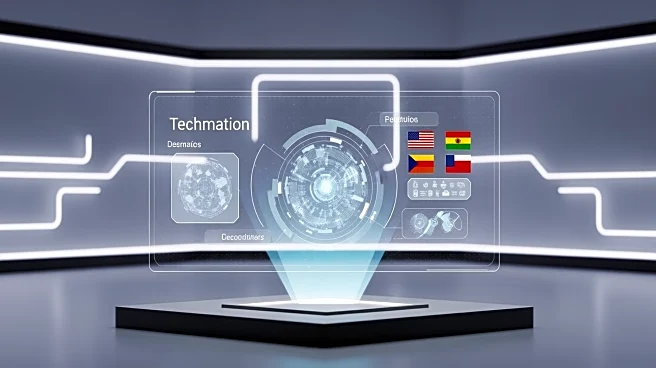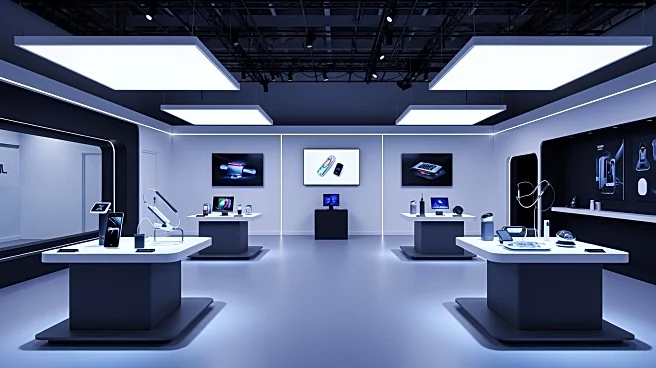What's Happening?
TechCrunch Disrupt 2025 is set to host over 10,000 founders, investors, product leads, and engineers, providing a critical opportunity for startups to showcase their innovations. With exhibit tables nearly sold out, startups have a 24-hour window to engage
with early customers, enterprise buyers, and venture partners. The event is designed to fast-track conversations and validations, offering a dense environment for startups to pitch their products and secure partnerships. The Center for Exhibition Industry Research highlights the importance of live demos in influencing buyers and influencers, making this event a pivotal moment for startups seeking to expand their reach and secure funding.
Why It's Important?
Disrupt 2025 serves as a crucial platform for startups to gain visibility and validate their products in a selective funding climate. According to PitchBook and the NVCA, the current funding environment is highly selective, making direct engagement with decision-makers at such events invaluable. Startups face challenges like running out of money and developing products with no market need, as noted by CB Insights. The event provides a unique opportunity to gather immediate feedback and de-risk product offerings, which is difficult to achieve through traditional email threads and pitch decks. This concentrated exposure can significantly impact a startup's trajectory by attracting the right investors and partners.
What's Next?
Startups participating in Disrupt 2025 are advised to prepare thoroughly by scripting key messages and booking micro-meetings with investors and buyers. The event encourages startups to focus on specific asks, such as pilot programs or capital investments, to attract targeted interest. Post-event, startups should measure the effectiveness of their engagements by tracking conversions from meetings to trials and pilots to revenue. This strategic approach can help startups maximize the benefits of the event and drive their business forward. The event's conclusion marks the beginning of a critical follow-up phase, where startups must capitalize on the connections made to convert interest into tangible business outcomes.













